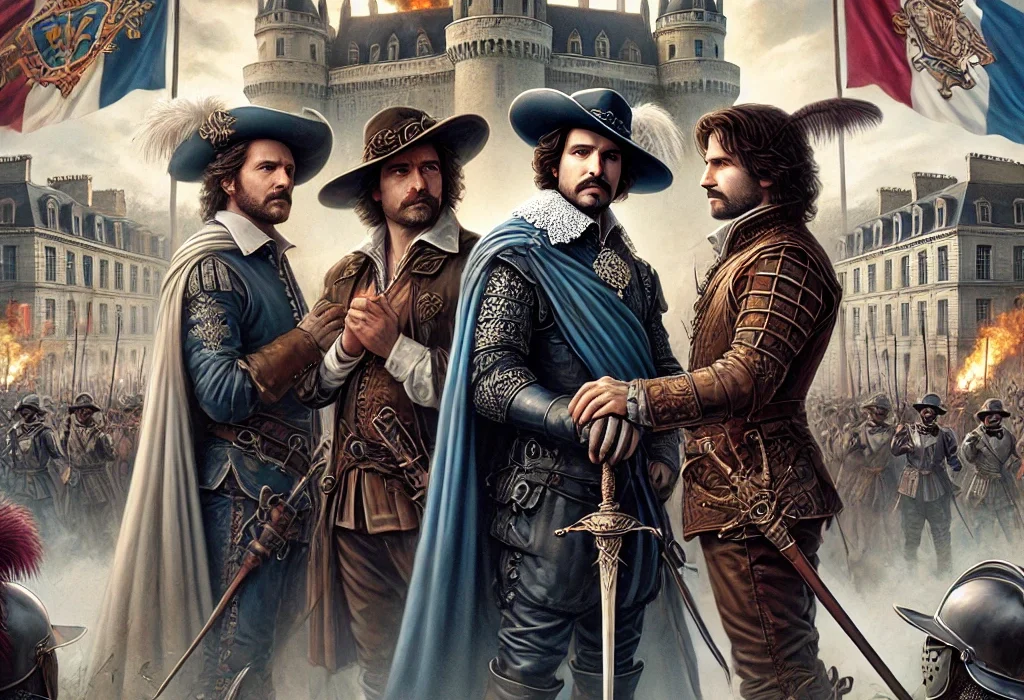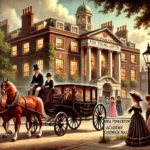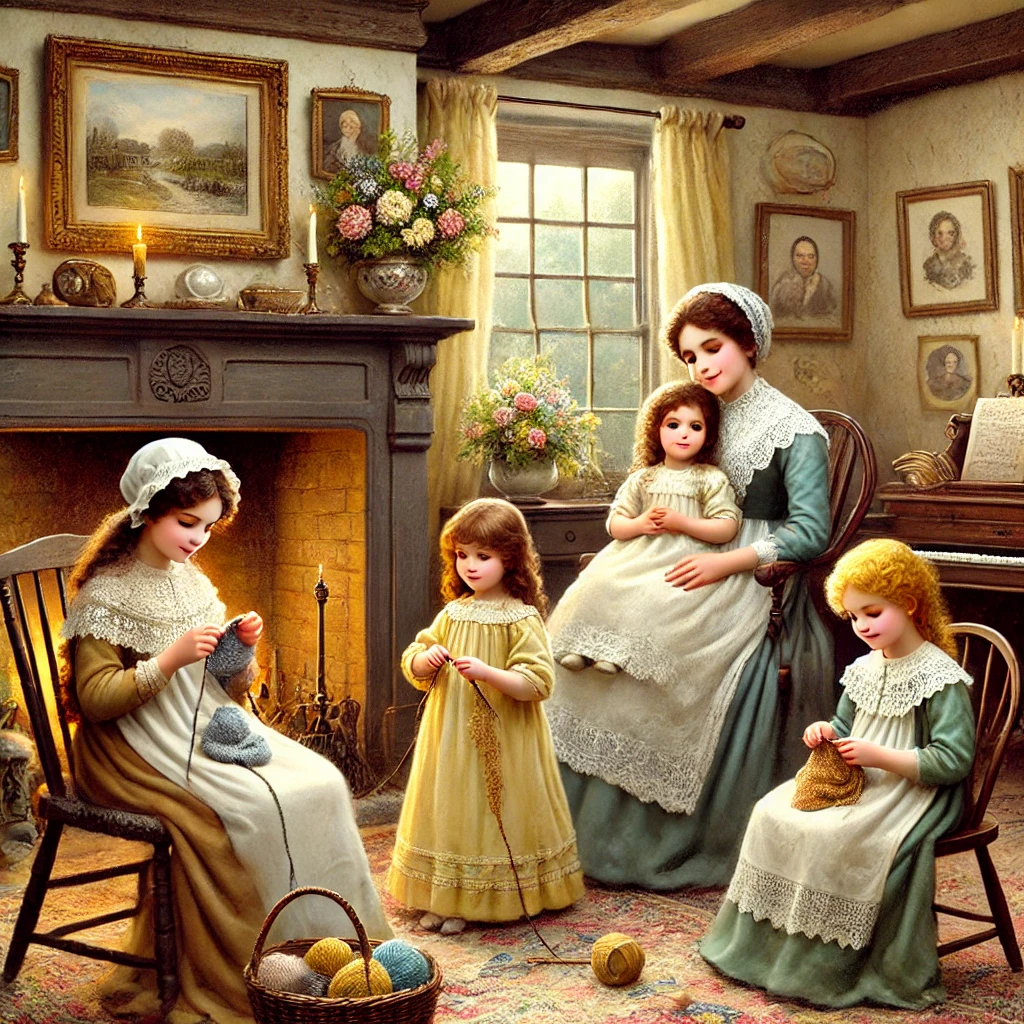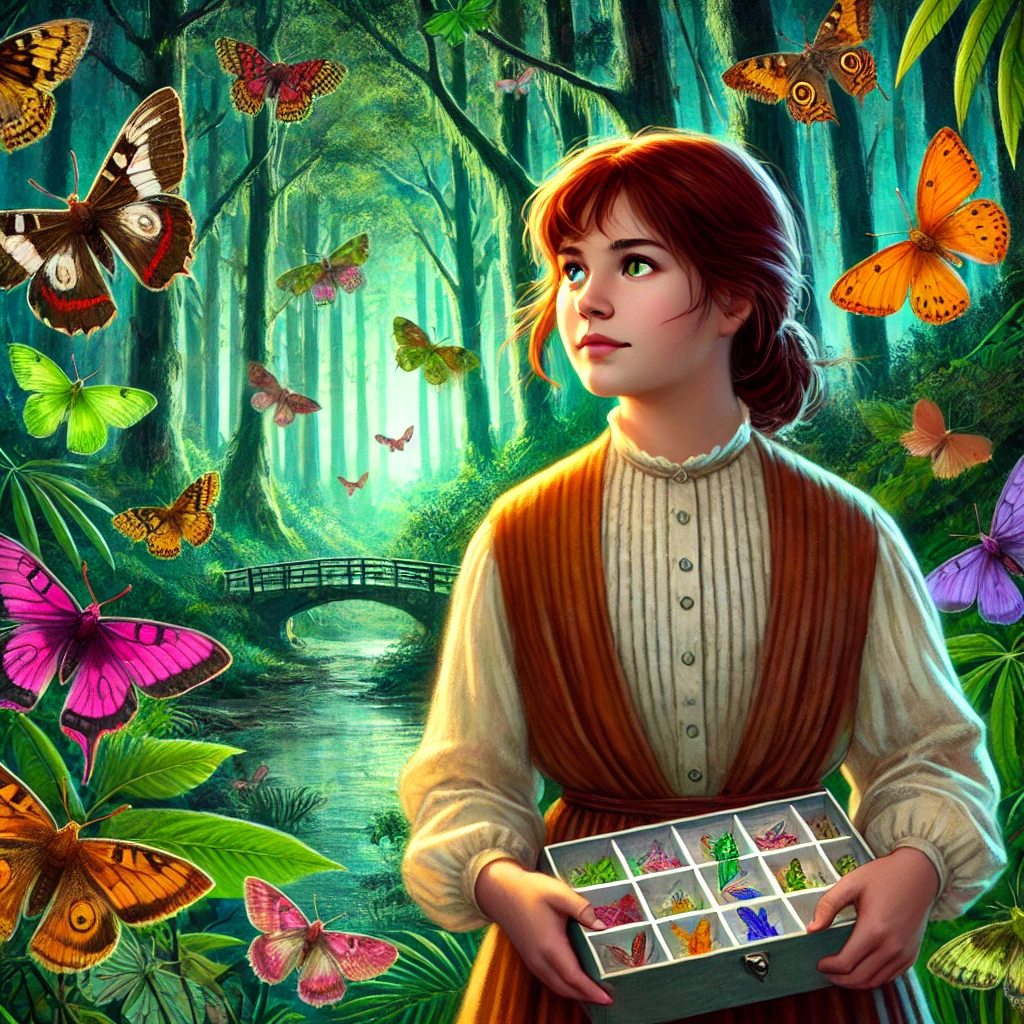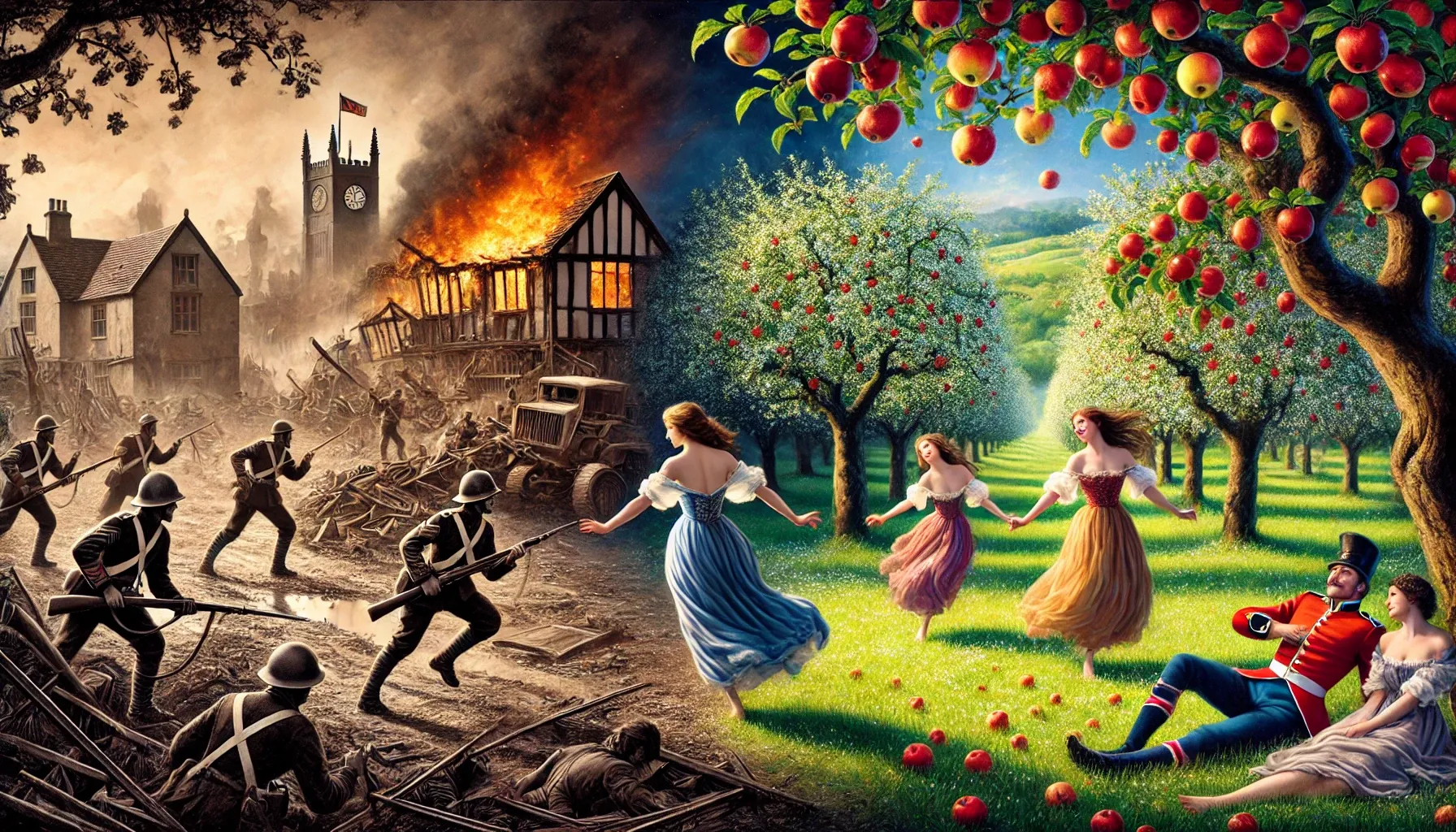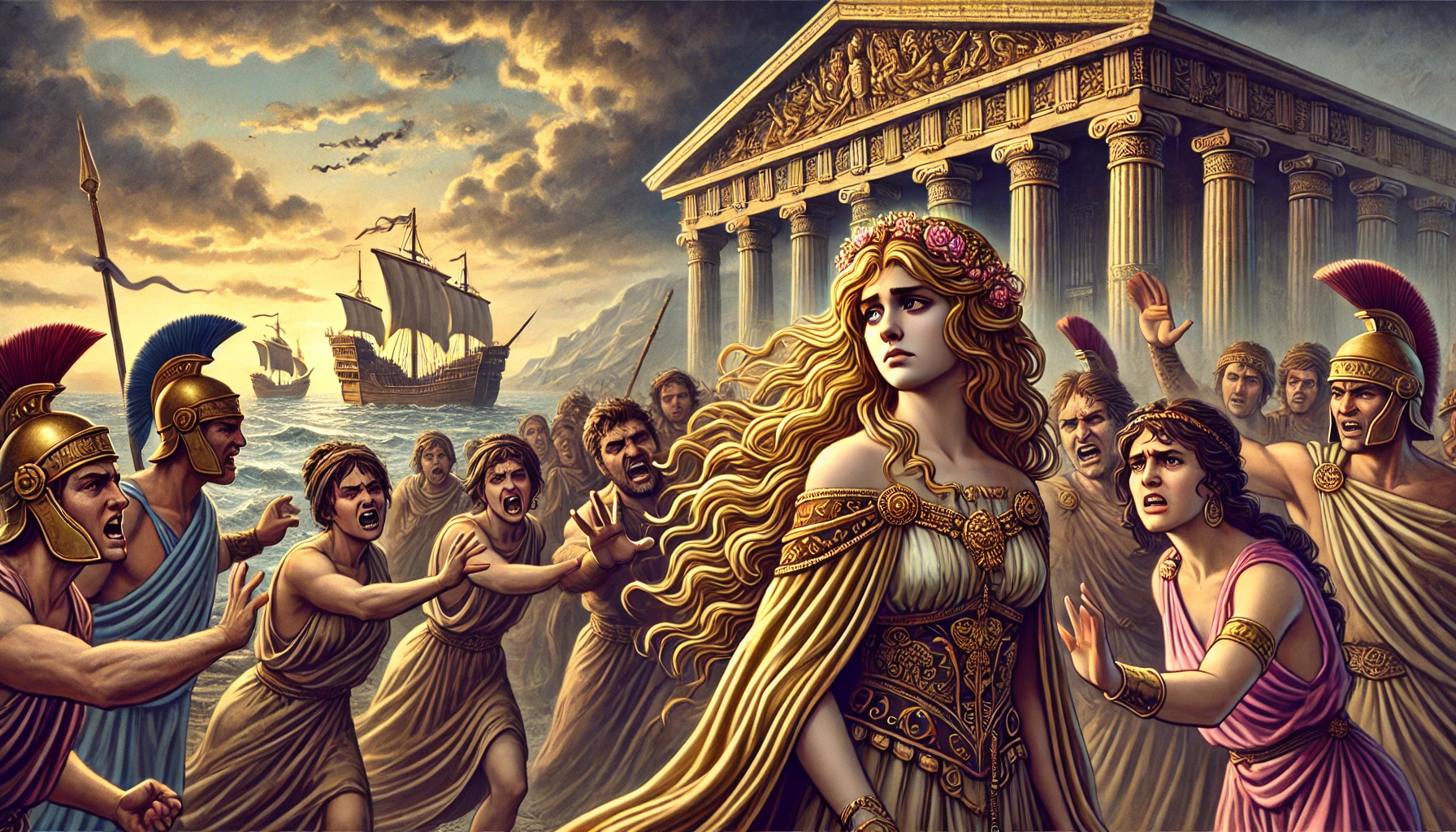Twenty Years After by Alexandre Dumas, published in 1845, is the second novel in the D’Artagnan Romances series, following The Three Musketeers. Set during the turbulent years of the Fronde (a series of civil wars in France) and the English Civil War, this novel reunites D’Artagnan and his three famous comrades—Athos, Porthos, and Aramis—after two decades apart. Now older and with their own individual lives, the musketeers find themselves drawn back together by shifting political alliances, loyalty to their causes, and lingering bonds of friendship. The novel explores themes of power, betrayal, and the personal cost of political intrigue.
Plot Summary
In the cold dawn of a divided France, a lone figure rides through the streets of Paris. It is D’Artagnan, a soldier of the king, older now but as determined as ever. France is a powder keg, ready to explode in rebellion as Cardinal Mazarin, the Italian minister, raises taxes and alienates the nobility. But Mazarin needs loyal men—men who have faced impossible odds before and triumphed. And so, D’Artagnan is summoned. His mission is clear: reunite the old musketeers, though twenty long years have passed since they last stood side by side.
D’Artagnan finds his friends scattered, each living in the shadow of his former self. Athos, the noble and wise, has retired to his estate, raising his son, Raoul, with the quiet dignity of a man who has seen too much of war. Aramis, ever the strategist, has become a priest, though his ambitions remain as sharp as ever, always calculating his next move in the grand game of politics. Porthos, the jovial giant, has grown wealthy and dreams only of gaining more power and a higher title, his simple desires still driven by his love for grandeur.
Despite their differences, D’Artagnan’s call stirs something deep within them. Old loyalties are hard to break. Together, they plunge once more into the turbulence of France, where the country is on the brink of civil war. This time, the enemy is not Spain or England, but their own people. The Fronde, a rebellion of nobles against the crown, threatens the fragile peace. And Cardinal Mazarin, who stands at the center of power, is loathed by all.
D’Artagnan, ever loyal to the crown, finds himself reluctantly aligned with Mazarin. The musketeers’ personal loyalties begin to fray. Aramis, with his secret ambitions, and Athos, whose ideals of nobility clash with Mazarin’s ruthlessness, find themselves increasingly sympathetic to the Fronde’s cause. Only D’Artagnan and Porthos remain steadfast in their service to the crown, though even Porthos is swayed by the promise of a grander title.
Meanwhile, across the Channel, England is embroiled in its own civil war. The musketeers are drawn into the orbit of this conflict when King Charles I of England, facing execution, reaches out to France for help. Athos, moved by his deep sense of honor and duty, feels compelled to act. The English king’s plight resonates with him, and he persuades the others to undertake a perilous journey to save a monarch doomed by his own people. Their mission takes them through the war-ravaged English countryside, where loyalty is scarce and betrayal lurks at every corner.
In England, they face impossible odds. Despite their courage and resourcefulness, they arrive too late to prevent the king’s execution. Athos watches in despair as the ax falls, his heart heavy with the burden of failure. It is a bitter lesson for all—the world has changed, and even the most valiant efforts cannot always change the course of fate.
With the king dead, they return to France, each man weighed down by the events in England and their own internal conflicts. The Fronde rebellion intensifies, and once again, the musketeers find themselves on opposite sides of a growing divide. Aramis and Athos drift closer to the rebels, believing that France deserves better leadership than the corrupt Mazarin. D’Artagnan, still loyal to the monarchy, struggles to understand his friends’ decisions but remains bound by his duty to the crown.
In the midst of this turmoil, personal betrayals unfold. Athos’s son, Raoul, grows into a young man and falls in love with Louise de La Vallière, setting the stage for future heartache. Aramis’s scheming nature leads him deeper into political conspiracies, as he navigates between his religious vows and his desire for power. Porthos, always simple in his ambitions, is drawn into Mazarin’s web by the promise of a title, unaware of the dangers that await.
The final confrontation comes not in the form of swords clashing, but in quiet moments of reckoning. Athos, disillusioned with the world of politics, withdraws once again to his estate, leaving the fray behind. Aramis disappears into the shadows, plotting for another day. Porthos, content with his new title, retires to enjoy his wealth. Only D’Artagnan remains, still loyal, still serving the crown, but with a heart heavy from the choices that have driven him and his friends apart.
As the musketeers part ways once more, the bonds of friendship remain, though they are now bound by shared memories rather than shared causes. They are no longer the carefree adventurers of their youth. Time has changed them, and the world they once knew has become more complicated, more dangerous.
In the end, the musketeers’ paths diverge, but they will always carry with them the spirit of their younger days—when honor, friendship, and adventure were all that mattered. They have become legends in their own time, men who stood against the tide of history and, though they could not always win, never failed to fight.
Main Characters
D’Artagnan: Now a seasoned officer in the king’s musketeers, D’Artagnan has matured but remains as sharp-witted, brave, and loyal as ever. His role in the novel is crucial as a driving force in reuniting his old friends and navigating the dangerous political landscape. Motivated by loyalty to France and the queen, he becomes embroiled in plots and battles that test his resolve.
Athos (Comte de la Fère): Once a noble and somber figure, Athos has withdrawn into a quieter life, raising his son Raoul. However, his honor and idealism compel him to return to action. He is a father figure, symbolizing virtue and loyalty, and often acts as the moral compass for the group.
Porthos (Baron du Vallon): Porthos has attained wealth and a title since the events of The Three Musketeers. He is still physically imposing and jovial, but now seeks further advancement in status. His loyalty to his friends is unwavering, and his love for battle is undiminished.
Aramis (Chevalier d’Herblay): Aramis has become a priest but continues to harbor political ambitions. His cunning and resourcefulness make him a key player in various political intrigues. He remains as mysterious and complex as ever, walking the line between devotion and ambition.
Cardinal Mazarin: The cunning and manipulative Italian cardinal who has succeeded Richelieu as France’s chief minister. He is disliked by many, especially the nobility, but his intelligence and strategic acumen make him a formidable opponent. He often clashes with the musketeers.
Queen Anne of Austria: The queen mother of France, she is a central figure in many of the political intrigues, especially as she navigates the pressures of the Fronde and her son Louis XIV’s minority. She depends heavily on Mazarin, but her past relationship with the musketeers gives her conflicted loyalties.
King Charles I of England: His struggle to retain his throne during the English Civil War is a major subplot in the novel. The musketeers’ involvement in his cause highlights the novel’s themes of loyalty and tragic duty.
Theme
Loyalty and Betrayal: The central theme of Twenty Years After is loyalty, both to friends and to political causes. The musketeers’ personal loyalty to one another is tested as they find themselves on opposite sides of political conflicts. Similarly, characters like Cardinal Mazarin represent betrayal and manipulation, as he uses power for self-serving ends.
Honor and Duty: Each of the musketeers has their own interpretation of honor, and their actions throughout the novel are guided by a sense of duty—whether to the king, to France, or to their personal beliefs. Athos, in particular, represents the highest ideal of honor, often sacrificing personal gain for what he believes to be morally right.
The Passage of Time: The novel reflects on the inevitable changes brought by time. The musketeers are no longer the carefree adventurers of The Three Musketeers; they are older, wiser, and sometimes more cynical. Their reunion is tinged with nostalgia, but also with the acknowledgment that they cannot return to their youthful past.
Political Intrigue and Conflict: The novel is set against the backdrop of the Fronde in France and the English Civil War, both of which highlight the tumultuous nature of power. The musketeers are drawn into these political conflicts, often finding their personal loyalties at odds with the political agendas of those in power.
Writing Style and Tone
Dumas’s writing in Twenty Years After remains as dynamic and engaging as in The Three Musketeers, though there is a darker, more mature tone to this sequel. The novel blends historical events with fictional drama, with Dumas masterfully weaving action-packed sequences, political intrigue, and deep character introspection. His ability to balance multiple plotlines, from the Fronde to the English Civil War, keeps the story both expansive and intimate.
The tone of the novel is more somber than its predecessor, reflecting the aging of the characters and the heavier political stakes. There is a sense of disillusionment, as the musketeers grapple with the harsh realities of politics and warfare. Yet, Dumas’s characteristic wit and humor are still present, particularly in the banter between the musketeers, providing relief from the novel’s more serious themes.
The novel also showcases Dumas’s skill in creating vivid, memorable scenes, whether it’s a tense political negotiation, a thrilling swordfight, or the poignant reflection of a character on the passage of time. His descriptive language brings 17th-century France and England to life, while his dialogue captures the complexity of his characters’ relationships and inner conflicts.
We hope this summary has sparked your interest and would appreciate you following Celsius 233 on social media:
There’s a treasure trove of other fascinating book summaries waiting for you. Check out our collection of stories that inspire, thrill, and provoke thought, just like this one by checking out the Book Shelf or the Library
Remember, while our summaries capture the essence, they can never replace the full experience of reading the book. If this summary intrigued you, consider diving into the complete story – buy the book and immerse yourself in the author’s original work.
If you want to request a book summary, click here.
When Saurabh is not working/watching football/reading books/traveling, you can reach him via Twitter/X, LinkedIn, or Threads
Restart reading!


